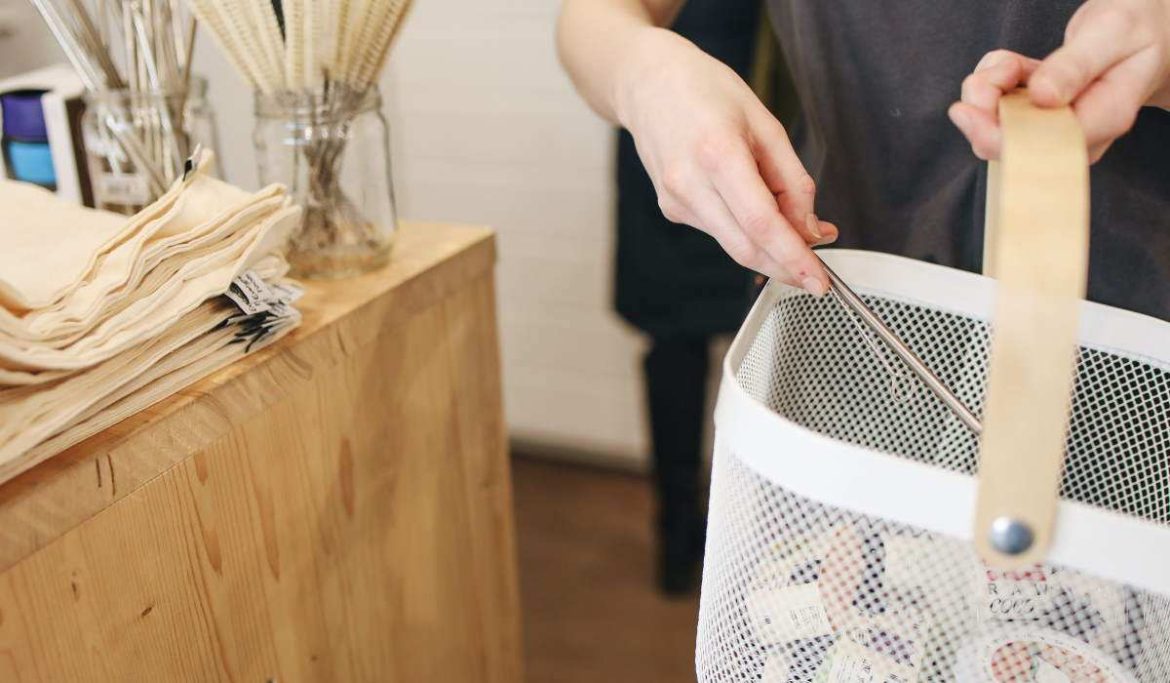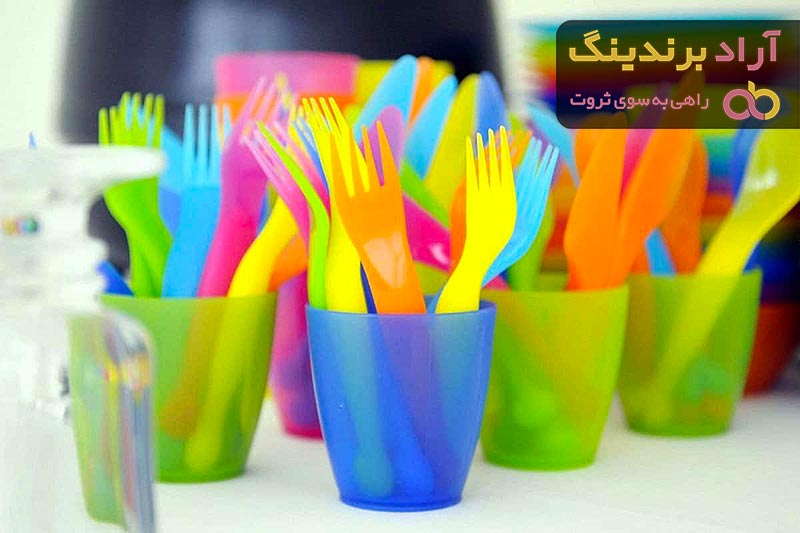Consumers benefit from disposable items in terms of price, convenience and energy efficiency. However, the use of products such as plastic bags, plates, bowls, containers and straws requires users to commit to disposing of them properly, either through recycling or absolute inventory, ensuring that they are in containers. They are placed in the appropriate garbage.
Many of these items were introduced for specific purposes. Disposable plastic containers were popular among Americans in the 1960s. They were used in homes and restaurants to save on labor costs and the amount of energy required to clean traditional silverware. They also help prevent disease transmission.
Plastic bags were introduced in the late 1970s and early 1980s in response to environmental concerns about the number of trees being cut down to produce the paper bags that were popular at the time. Since then, the manufacturing process for these items has become more efficient. Many plastic things are now made for single use, bringing benefits other than convenience and cost savings, ultimately increasing public health.
Single-use plastic goods that limit the spread of infection are critical in the medical industry. Single-use devices such as syringes, applicators, drug tests, bandages, and packaging are commonly produced. In addition, single-use plastic items have been used in the fight against food waste, as they keep food and water fresher for longer and limit the possibility of infection. Plastic is the material of choice for these types of devices due to its safety, flexibility and low cost.

Disposable plastic price list
Pay attention to the world around you right now. What exactly is seen? You can eat chips from a (cheap) disposable plastic bag while sitting on a plastic chair in your room.
The smartphone or laptop you carry with you can also be made of plastic, and the list goes on. You probably already know where I’m going with this. Plastic is everywhere and whether we like it or not, the discovery of plastic can be considered the most important discovery of the 21st century.
The introduction of plastic into our lives has led to major changes in that life. Everything has become better as a result of the rise of the plastic empire, from the low price of goods to the durability of goods. Despite the alarming rate at which plastic is causing environmental concerns worldwide, researchers are continuously working to develop a safe and biodegradable plastic alternative.
This is despite the fact that plastic has been around for a long time. One of the types of plastic polymers is called polypropylene. A chemical substance known as a polymer has a molecular structure that is organized into a chain. Multiple identical bonds, known as monomers, are used to build the chain.
There may be as few as hundreds or hundreds of thousands of monomers in a polymer chain. The amount of monomers may vary from one place to another. The monomer used to make polypropylene is known as propene (IUPAC) or propylene (common name).
It is a simple unsaturated hydrocarbon containing three carbon atoms, six hydrogen atoms and a double bond between any two carbon atoms. In addition, it has no double bonds between hydrogen atoms.

Disposable plastic
Disposable or disposable plastic is made from polymer. Stepwise polymerization and chain growth polymerization are two widely used methods for producing polymers from the corresponding monomers.
For the production of polypropylene, we use the latter. In general, polymerization processes are relatively slow and require a catalyst to accelerate the output. Ziegler-Natta or metallocene catalysts are used to produce polypropylene. Due to significant research, there are currently several types of catalysts and industrial methods for the synthesis of polypropylene.
Therefore, the dedicated costs are not high. The production process may be gas phase or liquid phase. The gas phase approach uses a fluidized bed or a continuous flow stirred reactor. At very high temperatures, the monomer melts and is allowed to flow into the catalyst bed, where polymerization occurs.
In the liquid phase process, the slurry or monomer solution is combined with the catalyst droplets. As the mixture is vigorously stirred, the catalyst combines with the monomers to polymerize them into the desired material. This method is comparable to the micelle production method.
This technique uses batch or continuous reactors that do not require significant capital cost. Plastic boxes made of plastic polymers are usually produced from low to medium molecular weight hydrocarbons. These hydrocarbons are extracted from crude oil or natural gas.
Fractional distillation of these fossil fuels separates them into distinct carbon-based entities based on their volatility, which in turn is determined by their molecular mass. One of these sections produces monomers such as ethylene and propylene, which are subsequently used to create the corresponding polymers. Due to the fact that these by-product compounds are a thriving sector, their production is on a very large scale, resulting in relatively low prices.

Disposable plastic plates price list
As a well-known household plastic item, disposable plates are included in the list of low-cost products. The biopharmaceutical business is rapidly turning to single-use containers as these technologies continue to grow in popularity and become more widely available.
When selecting a solution for storage in single-use containers, the application and inherent risks associated with the application should undoubtedly serve as primary considerations.
Even if it were possible, a system intended for single use but with universal applicability cannot meet all the criteria of a single step in the biopharmaceutical manufacturing process, let alone all stepwise prerequisites. which constitutes a process. . The needs of an application lead to the development of highly specialized solutions that are only suitable for a specific application.
The biopharmaceutical business is rapidly turning to single-use containers as these technologies continue to grow in popularity and become more widely available. When selecting a solution for storage in single-use containers, the application and inherent risks associated with the application should undoubtedly serve as primary considerations.
Even if it were possible, a system intended for single use but with universal applicability cannot meet all the criteria of a single step in the biopharmaceutical manufacturing process, let alone all stepwise prerequisites. which constitutes a process. . The needs of an application lead to the development of highly specialized solutions that are only suitable for a specific application.

Disposable plastic bowls price list
The technology has designed low-cost single-use plastic products such as cutlery, plates and bowls to eliminate the risk of cross-contamination, a growing concern in the list of industries that have shifted from single-product activities to Production facilities go. Many products
The technology in question, known as single-use technology, has the potential to eliminate this risk. Eliminating the need for cleaning and verifying cleaning techniques is one of the key benefits that comes with the transition to single-use technology.










Your comment submitted.